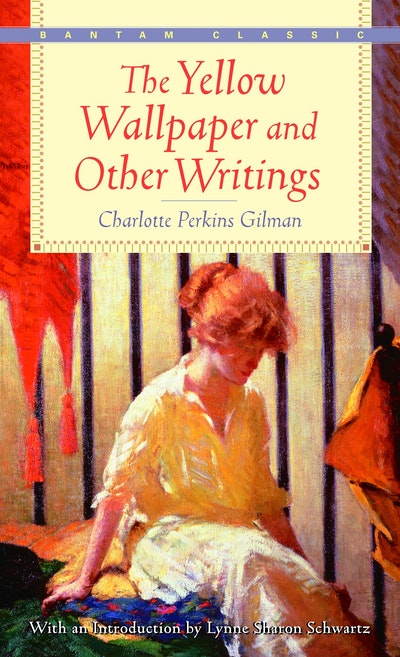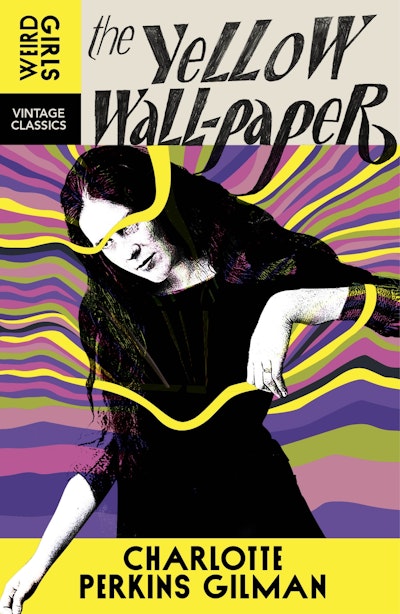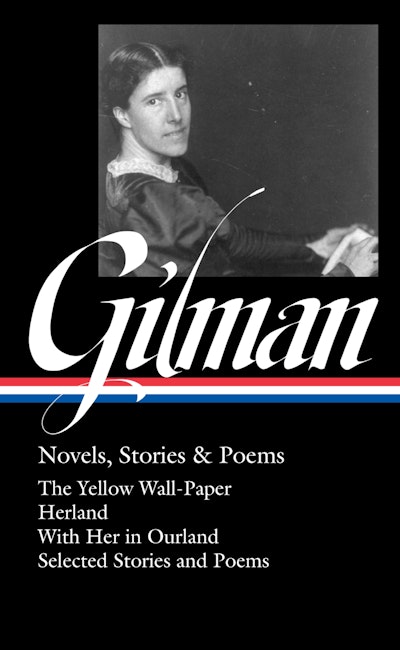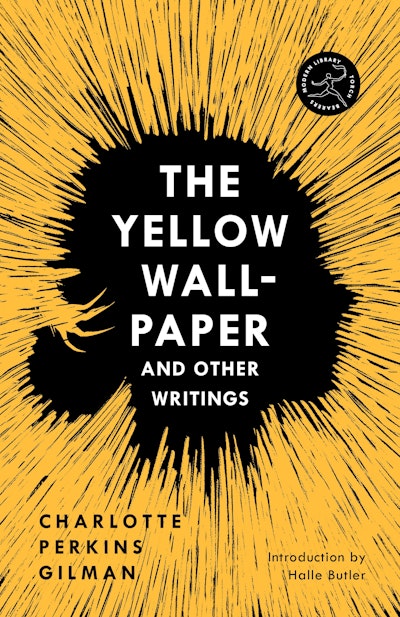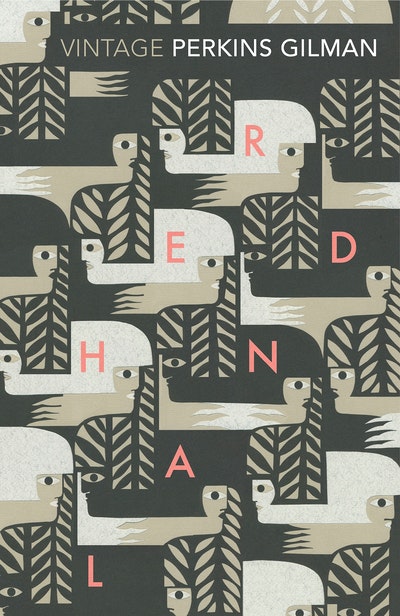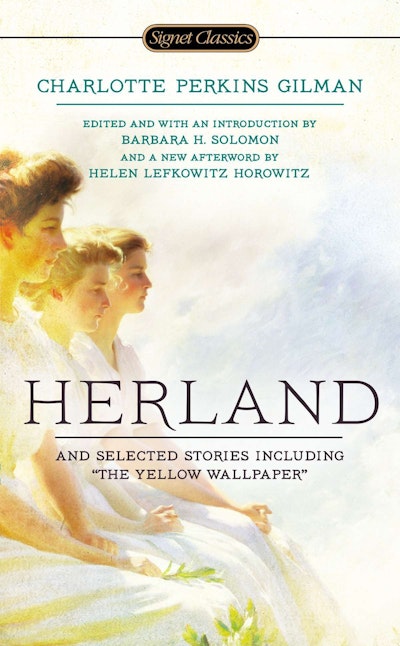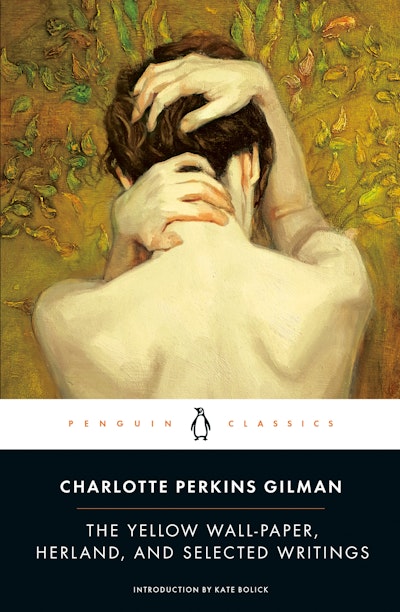Known primarily for her classic and haunting story "The Yellow Wallpaper," Charlotte Perkins Gilman was an enormously influential American feminist and sociologist. Her early-twentieth-century writings continue to inspire writers and activists today. This collection includes selections from both her fiction and nonfiction work.
In addition to the title story, there are seven short stories collected here that combine humor, anger, and startling vision to suggest how women's "place" in society should be changed to benefit all. The nonfiction selections are from Gilman's The Man-Made World: Our Androcentric Culture and her masterpiece, Women And Economics, which was translated into seven languages and established her international reputation as a theorist.
Also included in a delightful excerpt from Gilman's utopian novel, Herland, an acidly funny tale about three American male explorers who stumble into an all-female society and begin their odyssey by insisting, "This is a civilized country . . . there must be men." Gilman's analyses of economic and women's issues are as incisive and relevant today as they were upon their original publication. This volume is an unprecedented opportunity to rediscover a powerful American writer.
